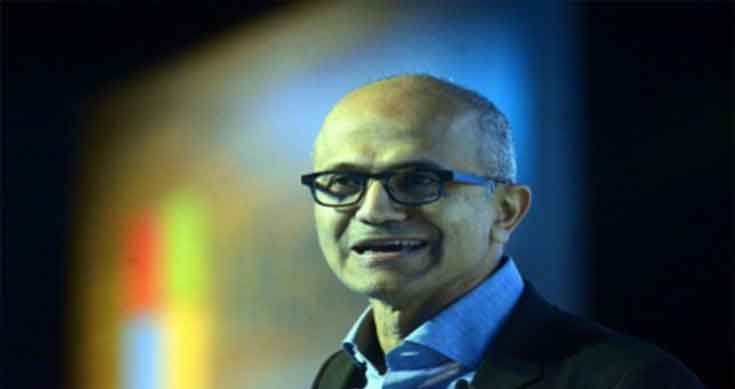San Francisco: Microsoft CEO Satya Nadella has said that although the hardware supply chain is coming back to normal, the big worry is people holding up the demand especially in the US and Europe as they battle with the spread of the COVID-19 disease.
Microsoft last month revised its revenue guidelines for its January-March quarter owing to Coronavirus (COVID-19) pandemic, saying the supply-chain has been slowed down which will impact its Windows and Surface businesses.
In a statement, the company said although it sees strong Windows demand in line with its expectations, “the supply chain is returning to normal operations at a slower pace than anticipated at the time of our Q2 earnings call”.
According to a CNBC report on Tuesday, Nadella said that “on the supply side we are getting back on rails”, adding that the big question would be whether demand holds up in the US and Europe.
“We have a great balance sheet, we are a very diverse business, we have a mix of annuity, non-annuity, that is also stronger than even the last time we even went into the financial crisis. I feel confident we’ll come out of this, frankly, pretty strong,’ he was quoted as saying.
On January 29, Microsoft issued quarterly revenue guidance for its ‘More Personal Computing’ segment between $10.75 and $11.15 billion, which included a wider than usual range to reflect uncertainty related to the public health situation in China.
“As the conditions evolve, Microsoft will act to ensure the health and safety of our employees, customers, and partners during this difficult period,” said the company, adding that it would continue to partner with local and global health authorities to provide additional assistance.
In its second-quarter (October-December period), Microsoft reported revenue of $36.9 billion and a profit of $11.6 billion. Surface revenue for the quarter was up 6 percent (year over year) to $1.9 billion.


